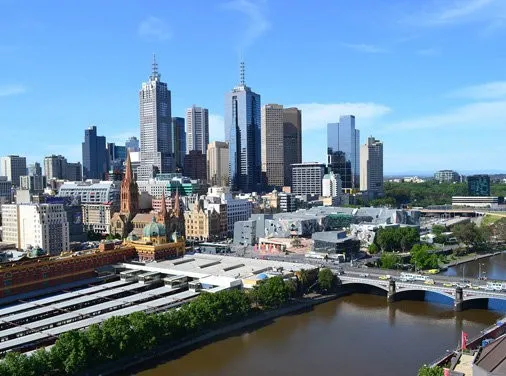Learning Matters
Learning how vital the bees are to our ecosystems and everyday life. Come let's get more connected to nature and get inspired to protect it.
Learning Matters
Learning how vital the bees are to our ecosystems and everyday life. Come let's get more connected to nature and get inspired to protect it.
Learning Matters
Learning how vital the bees are to our ecosystems and everyday life. Come let's get more connected to nature and get inspired to protect it.
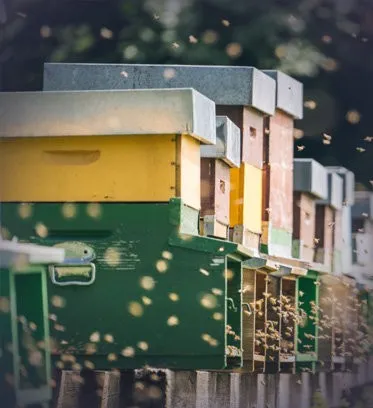
Pollination
Bees pollinate flowers by transferring pollen, enabling fertilization and fruit development. Their foraging boosts crop yield, quality, and biodiversity, making them essential for sustainable agriculture and healthy ecosystems.
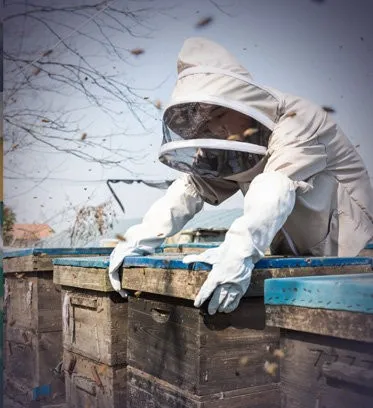
Life Cycle of a Bee
The bee life cycle includes four stages: egg, larva, pupa, and adult. Each stage supports transformation into worker, drone, or queen, ensuring colony growth, reproduction, and survival through coordinated roles and hive responsibilities.
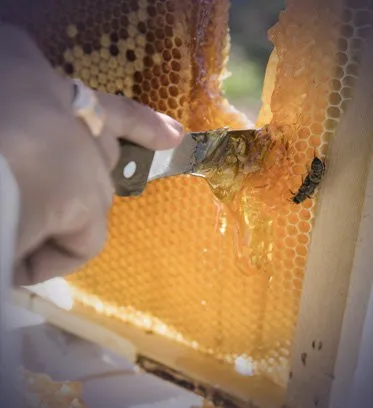
Honey Bee Group
Australian Beekeeping Associations support beekeepers through education, advocacy, and community events. They promote sustainable practices, bee health, and pollination awareness across hobbyist and commercial beekeeping sectors nationwide.
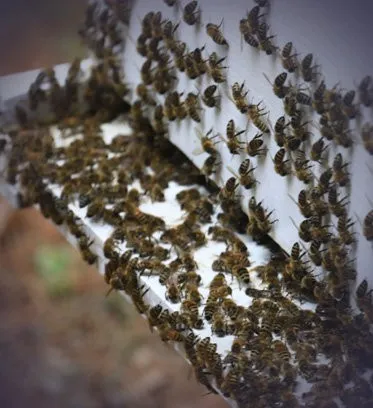
Registrations
Beekeeper registration in New South Wales, Australia is mandatory to monitor hive health, prevent disease spread, and support biosecurity. It helps track apiary locations and ensures responsible, sustainable beekeeping practices statewide.

Pollination
Bees pollinate flowers by transferring pollen, enabling fertilization and fruit development. Their foraging boosts crop yield, quality, and biodiversity, making them essential for sustainable agriculture and healthy ecosystems.

Life Cycle of a Bee
The bee life cycle includes four stages: egg, larva, pupa, and adult. Each stage supports transformation into worker, drone, or queen, ensuring colony growth, reproduction, and survival through coordinated roles and hive responsibilities.

Honey Bee Group
Australian Beekeeping Associations support beekeepers through education, advocacy, and community events. They promote sustainable practices, bee health, and pollination awareness across hobbyist and commercial beekeeping sectors nationwide.

Registrations
Beekeeper registration in New South Wales, Australia is mandatory to monitor hive health, prevent disease spread, and support biosecurity. It helps track apiary locations and ensures responsible, sustainable beekeeping practices statewide.
Pollination
Bees pollinate flowers by transferring pollen, enabling fertilization and fruit development. Their foraging boosts crop yield, quality, and biodiversity, making them essential for sustainable agriculture and healthy ecosystems.
Life Cycle of a Bee
The bee life cycle includes four stages: egg, larva, pupa, and adult. Each stage supports transformation into worker, drone, or queen, ensuring colony growth, reproduction, and survival through coordinated roles and hive responsibilities.


Honey Bee Group
Australian Beekeeping Associations support beekeepers through education, advocacy, and community events. They promote sustainable practices, bee health, and pollination awareness across hobbyist and commercial beekeeping sectors nationwide.


Registrations
Beekeeper registration in New South Wales, Australia is mandatory to monitor hive health, prevent disease spread, and support biosecurity. It helps track apiary locations and ensures responsible, sustainable beekeeping practices statewide.
Pollination
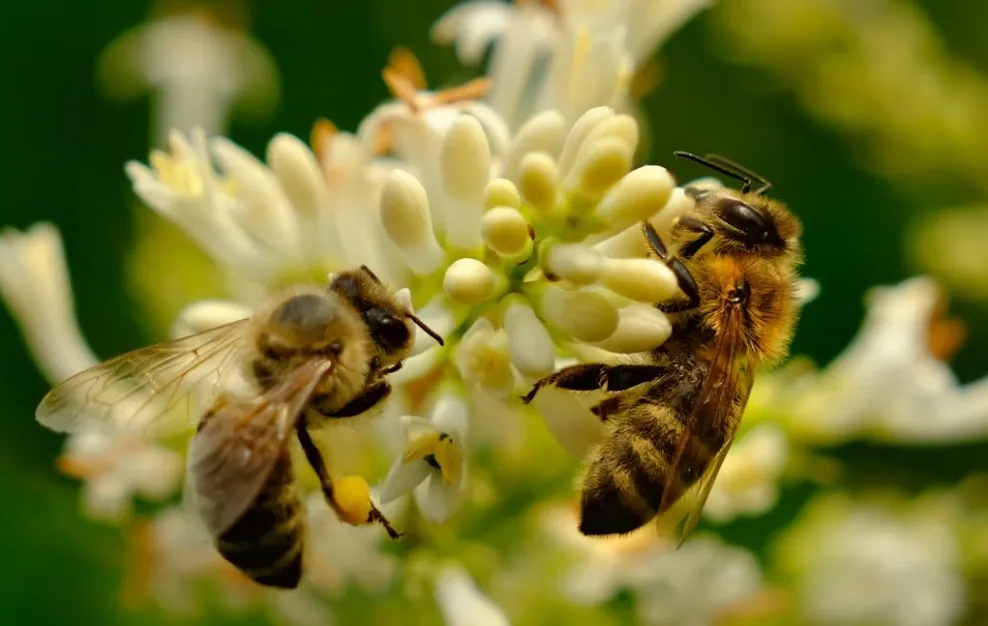
Pollination is a fundamental biological process where pollen is transferred from the anthers (male part) of a flower to the stigma (female part), enabling fertilization and the development of seeds and fruit. This natural mechanism plays a crucial role in the productivity of many agricultural crops. Despite its importance, pollination is often overlooked or poorly managed.
Many growers rely on chance, hoping that nearby bees or insects will handle the task, without actively monitoring or optimizing pollination efforts. Even when honey bee hives are introduced, their effectiveness may not be measured, which can limit crop yield and quality.
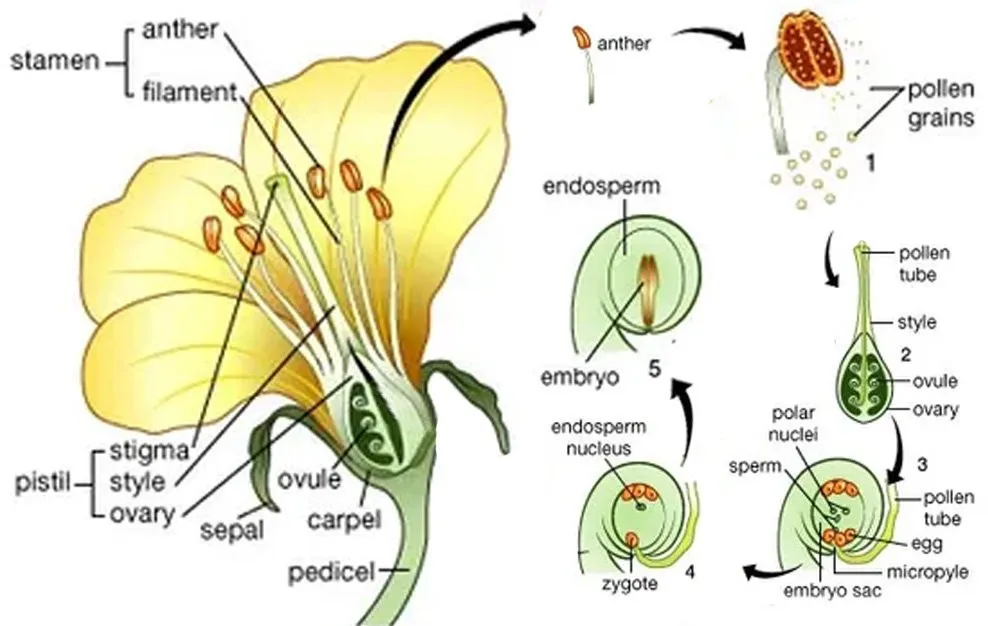
Understanding Flower Anatomy and Pollination Mechanics
To appreciate how pollination works, it’s helpful to understand flower anatomy:
Sepals protect the bud before blooming.
Petals attract pollinators with vibrant colors, some visible only in ultraviolet light.
Anthers produce pollen, which contains male genetic material.
Stigmas receive pollen for fertilization.
Ovaries contain ovules that become seeds once fertilized.
Nectaries produce nectar to attract pollinators like bees.
Pollination is a fundamental biological process where pollen is transferred from the anthers (male part) of a flower to the stigma (female part), enabling fertilization and the development of seeds and fruit. This natural mechanism plays a crucial role in the productivity of many agricultural crops. Despite its importance, pollination is often overlooked or poorly managed.
Many growers rely on chance, hoping that nearby bees or insects will handle the task, without actively monitoring or optimizing pollination efforts. Even when honey bee hives are introduced, their effectiveness may not be measured, which can limit crop yield and quality.
Pollination is a fundamental biological process where pollen is transferred from the anthers (male part) of a flower to the stigma (female part), enabling fertilization and the development of seeds and fruit. This natural mechanism plays a crucial role in the productivity of many agricultural crops. Despite its importance, pollination is often overlooked or poorly managed.
Many growers rely on chance, hoping that nearby bees or insects will handle the task, without actively monitoring or optimizing pollination efforts. Even when honey bee hives are introduced, their effectiveness may not be measured, which can limit crop yield and quality.
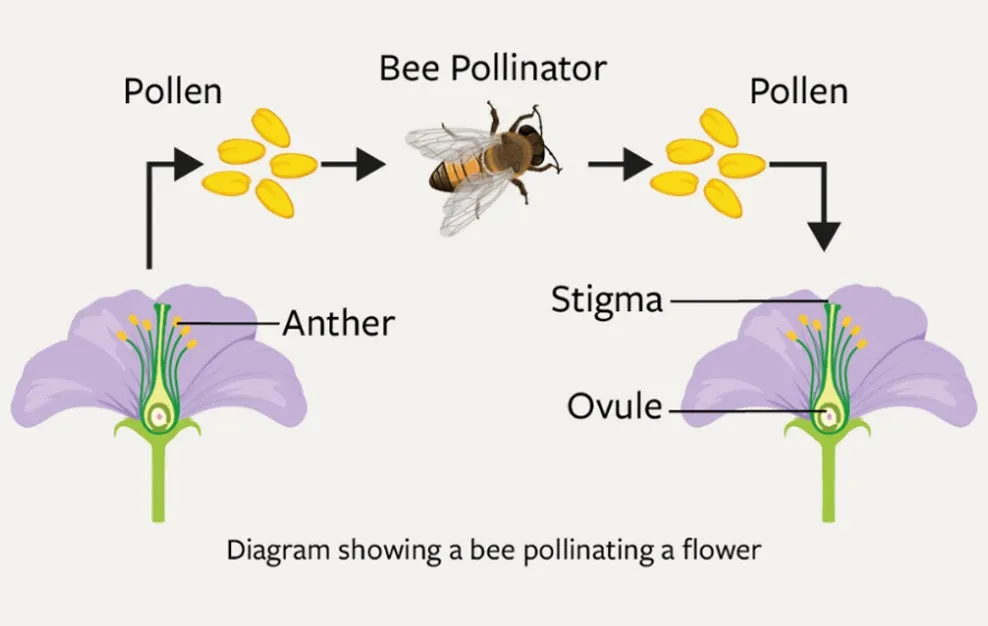
Honey Bees: Nature’s Most Efficient Pollinators
Bees collect nectar and pollen, facilitating pollen transfer.
Their hairy bodies trap pollen efficiently.
Large colonies ensure high foraging activity.
Bees are generalist foragers, visiting a wide range of crops.
Once trained on a crop, they remain focused throughout the bloom.
Their size allows access to various flower shapes.
Managed hives offer flexibility and can be placed strategically.
Bee colonies are available year-round, regardless of crop flowering schedules.
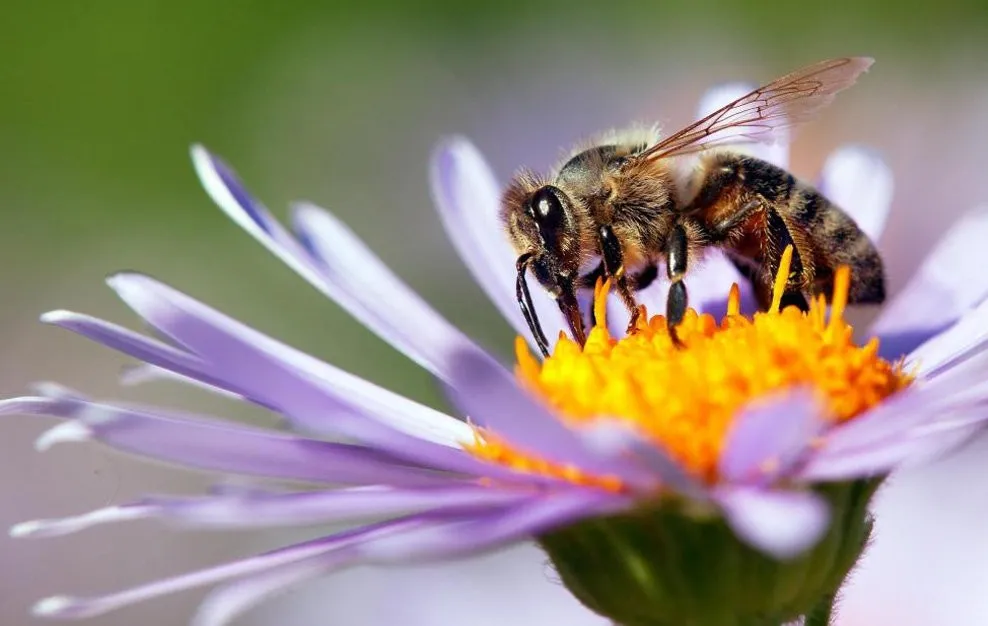
Why Optimized Pollination Matters
Effective pollination leads to:
Higher seed counts and improved fruit shape and size.
Uniform fruit development and longer shelf life.
Reduced crop stress and fewer defects.
Enhanced flavor due to hormone production during seed formation.
In short, pollination is key to maximizing crop yield and quality. By understanding flower structures and harnessing the power of honey bees, growers can transform pollination into a strategic advantage for sustainable agriculture.
Fun fact about Bees
Bees have five eyes
Bees cannot see the color Red
Bees have excellent sense of smell
Bees have two stomachs
Only female bees sting
A worker bee lives about 6-8 weeks
A queen bee can live upto 5 years
Once a bee stings, its stinger is barbed and it dies
The honey bee is the only insect that produces food consumed by humans
The hexagonal hive can hold 25 times the weight of bees
One hive can produce 25 jars of honey in one season
Bees communicate the location of nectar by doing Waggle dance
Life cycle of a Bee

Australian Beekeeping Associations
Joining a local association is also a great way to meet fellow beekeepers and learn more about the hobby. Use these links to contact your relevant association.


